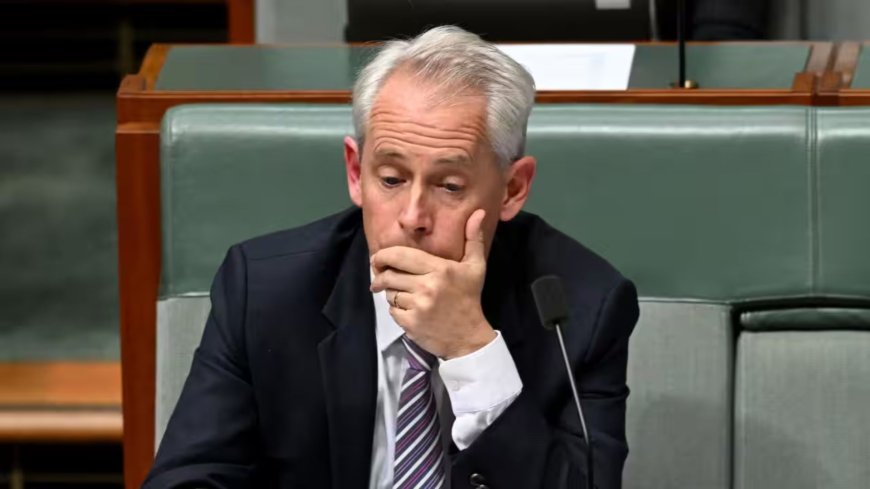Australia's Future Visa Policy Directions and Agreements | Australia Immigration Updates
As the 2025 election draws near, the Albanese Government is intensifying efforts to reduce net migration to its forecasted levels. Dr. Abul Rizvi provides an in-depth look at the ongoing debate and the complexities of migration policy in Australia.

The Current State of Net Migration
The conversation around net migration has heated up, particularly after Opposition Leader Peter Dutton announced plans to cut annual migration to 160,000. In contrast, the Labor Government aims to reduce net migration to 260,000 by 2024-25. This significant divergence in targets underscores the contentious nature of migration policy in Australia.
The Australian Bureau of Statistics (ABS) recently estimated net migration for 2023 at 547,267, a slight decrease from the revised figure of 564,645 for the 12 months ending in September 2023. Although these numbers indicate a downward trend, achieving the target of 395,000 for 2023-24 and 260,000 for 2024-25 will be challenging. The slow rate of decline suggests that more aggressive policy measures may be required to meet these goals.
Net Permanent and Long-Term Movements
Net Permanent and Long-Term (NPLT) movements are an early indicator of net migration trends published by the ABS. Historically, NPLT movements have been higher than net migration, but this changed in 2022 and 2023, likely due to a strong labor market. In 2023, net migration was 547,267, while NPLT movements were 447,790.
The government is hoping for a reversal of this trend in 2024, with NPLT movements exceeding net migration. This shift could be facilitated by stricter onshore visa policies and potential weakening in the labor market, which might reduce the attractiveness of Australia as a destination for long-term migrants.
Total Net Movements
Total net movements, which include both short-term and long-term movements, provide another lens through which to view net migration. A significant factor in the high NPLT movements in 2023-24 compared to 2022-23 was the substantial increase in the net movement of Australian citizens. In the 11 months to May 2024, net movement of Australian citizens was positive 224,010, a stark contrast to the negative 25,700 during the same period in 2023. This shift is indicative of strong labor market conditions in Australia.
Similar patterns are observed in the net movement of New Zealand citizens and permanent migrants, both of which have contributed to the overall increase in net migration. Conversely, there has been a notable decline in the net movement of temporary entrants, particularly students, reflecting the tightening of temporary entry policies.
Stock of Temporary Entrants in Australia
Changes in the number of temporary entrants in Australia are crucial indicators of net migration trends. As of April 2024, there was a decline of around 75,000 temporary entrants, from 2.826 million in March 2024 to 2.752 million. This reduction was largely driven by a decrease in the number of visitors, likely influenced by the implementation of the “no further stay” condition on visitor visas, which has reduced the rate at which visitors extend their stay and contribute to net migration.
While there were marginal declines in the number of working holidaymakers, New Zealand citizens, and temporary protection visa holders, other categories saw increases. The number of students, temporary graduates, and skilled temporary entrants all rose, contributing to the net migration figures. These increases highlight the complexity of managing net migration, as various visa categories can have differing impacts.
Future Policy Directions
Despite the tightening of student visa policies, further measures are likely necessary to achieve the net migration target for 2024-25. These could include implementing student caps and making other adjustments to visa policies. For example, changes to the working holidaymaker agreement with the UK, new visa arrangements with India, and the reduction of the skilled work experience requirement for temporary employer-sponsored visas could all influence net migration.
Additionally, the new Pacific Engagement Visa and changes to the Humanitarian Program and pathways for New Zealand citizens to gain Australian citizenship will also impact net migration. The government must balance these various factors to manage net migration effectively.
The introduction of an English language requirement for the Working Holidaymaker visa, similar to the requirement for the Work and Holiday visa, could be a sensible policy measure to help control net migration. The government should focus on developing a long-term student visa policy to avoid the potential chaos of student caps, particularly in the lead-up to the 2025 election.
A stable and coherent policy is essential for managing migration effectively over the long term. By addressing these issues comprehensively, the government can create a migration policy that supports Australia's economic and social goals while managing population growth responsibly.
What's Your Reaction?
 Like
0
Like
0
 Dislike
0
Dislike
0
 Love
0
Love
0
 Funny
0
Funny
0
 Angry
0
Angry
0
 Sad
0
Sad
0
 Wow
0
Wow
0









































































































